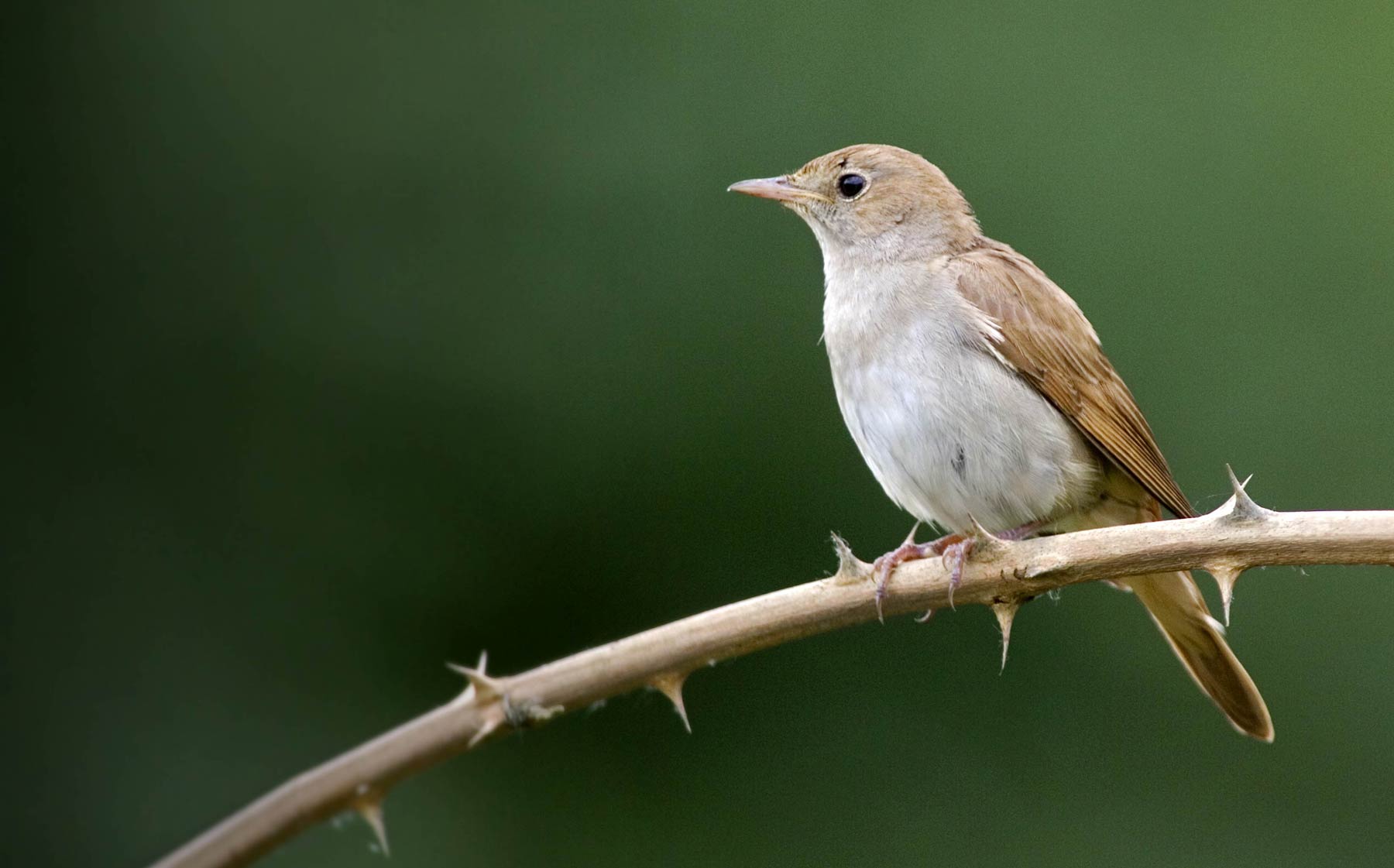
Unlocking the science to reveal the state of nature
David Noble takes a sober look at the latest State of Nature Report and asks 'what is new?'
David is responsible for the strategic development of BTO’s monitoring programme and associated research, is the main contact for biodiversity indicators, surveys of taxa other than birds, and for conservation initiatives such as BAP and Birds of Conservation Concern.
Relates to projects
Of the much larger suite of species for which we can estimate change in area occupied, 27% are in moderate or strong decline. Even more concerning is that 15% of the British species assessed using official IUCN criteria are threatened and at risk of extinction. In short, although there are also many species with stable (ca 50%) or increasing populations (over 20%), these figures paint a very alarming picture for the state of nature in the UK, and reflect the severity of environmental problems elsewhere.
This is the third State of Nature report in six years and one obvious question is: what is new? Are things still getting worse, or do we even know that? In one sense the answer is yes, in that for most taxonomic groups the level of decline in the most recent decade is as steep or steeper than the longer term trend (which typically goes back to the early 1970s when much biological recording began). And some of the metrics are marginally worse than as last reported (overall 58% species in decline compared to 56%) although the greater number of species groups assessed in the 2019 report must be taken into consideration.
...for most taxonomic groups the level of decline in the most recent decade is as steep or steeper than the longer term trend...
But the almost equivalently large numbers of increasing species amongst the figures show that the story is more nuanced. What we are seeing across the board is rapid and significant change in the wildlife living in this country, with some species seeming to benefit from current changes to our environment, while others are unable to cope and in rapid decline. The truth is that landscapes in the UK have been significantly modified by humankind for centuries, and natural areas are very rare in comparison to the high percentage devoted to agriculture (more than 70%), as well as to urban and coastal developments. This means that most of our current wildlife species have adapted to greater or lesser extent to living in these kinds of environments, whether roadside verges, hedgerows or crops such as oilseed rape. Woodland, which dominated the landscape in ancient times, currently covers 13% of UK land and is slowly increasing. However, many woodland species – and birds in particular – seem able to occupy suitable areas in other habitats, such as gardens as long as there are trees, hedgerows or other woody structures.


Causes of change
The chapters within the report on drivers of change explore the causal relationships in more detail. We know from previous work that agricultural change has had the most significant, and largely negative, impact on plants and other wildlife over the past five decades, compared to climate change, hydrological change, the effects of forest management or the impact of non-native species. However, some of the biggest changes – such as drainage, forest clearance and conversion to arable land, and removal of large predators – occurred centuries ago, whereas other aspects of intensification including extensive use of pesticides and fertilizers started decades ago. We also know that in response to environmental concerns, environmental stewardship schemes have become integral to modern farming and have been shown by research in many different landscapes to have positive benefits across a wide range of species. A key remaining question is whether the extent and actual deployment of environmentally-friendly options are enough to turn strongly downward population trajectories of many farmland specialists to positive.
Marked switches in population trajectory in the last 50 years can be seen among many bird species. Among birds of farmland, species such as Tree Sparrow, Reed Bunting, Song Thrush and Whitethroat have increased over the past couple of decades following earlier steep declines. In contrast, species such as Greenfinch, Lapwing and Sparrowhawk are now declining following earlier increases, and migrants such as Cuckoo are disappearing faster than ever. Reasons for these changes are varied, because birds are markedly impacted by disease, climatic events, novel pesticides and even garden bird feeding, as well as to changes in farming practices. These changing patterns are also evident in other landscapes. Gulls and many other seabird populations benefitted from fisheries discards in the 1970s and 1980s but numbers have dropped in recent decades. Another factor is that where species have been reduced historically to small remnant populations, often restricted to protected sites, we can undertake conservation action and reverse declines. Cirl Bunting, Bittern and Red Kite are excellent examples of these successes, and indeed population trends for a number of Birds of Conservation Concern contribute positively to the priority species indicator for abundance. There are many examples of conservation projects throughout State of Nature 2019, giving at least some basis for optimism.
There are many examples of conservation projects throughout State of Nature 2019, giving at least some basis for optimism.
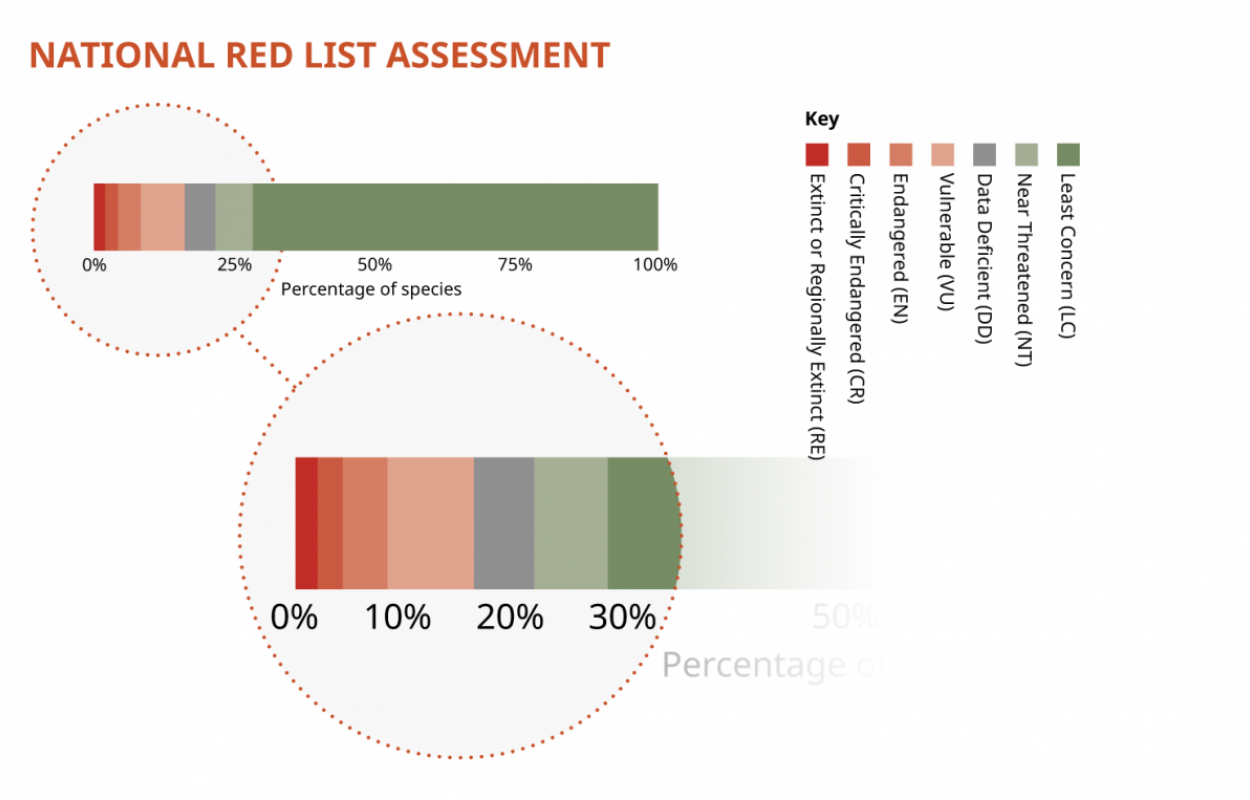

New arrivals, new challenges
Some drivers highlighted in this report are worsening. Non-native species, including agricultural and forest insect pests and pathogens, continue to colonise Britain, and many of the non-natives already here are spreading and having greater impact. Climate change is of course the most serious issue, with its capacity to completely transform or potentially destroy more vulnerable landscapes in the future. Sitting here at the north-west end of Europe, we have so far seen at least as many ‘positive’ effects of climate change as negative, as European species spread northward and start to colonise Britain. But this largely positive pattern will change and is already evident in other parts of the world.
This crisis is perhaps most unequivocally articulated by climate change activist Greta Thunberg and reinforcing the message about the scale of the problem is an important reason for producing these reports. But we also have more evidence on conservation successes and urgently need to build on those. This is essential if we are ever going to live up to the more optimistic hopes and aspirations for the future of nature expressed in this report by a diverse group of young conservationists, those whose futures are most affected.
We urge you to read the report for yourself. Does it leave you with unanswered questions? Where should conservation efforts now be concentrated? Let us know what you think in the comments below.
Read the report
View the 2019 State of Nature Report. In addition to the full report for the UK, individual reports are available for England, Northern Ireland, Scotland and Wales.
Read the State of Nature 2019 Report


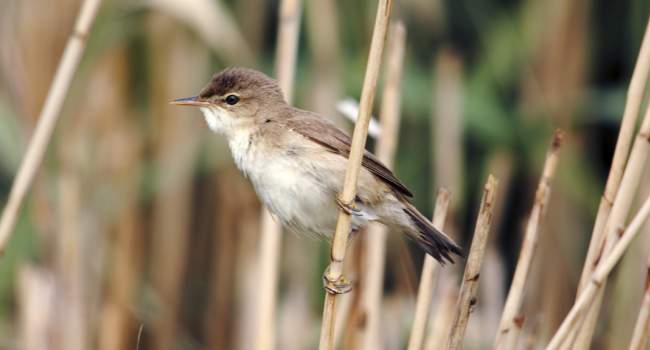
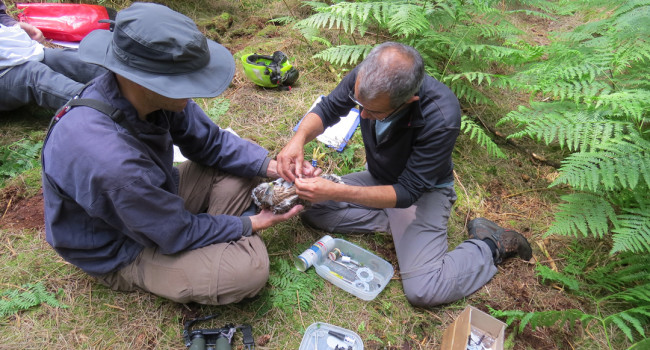
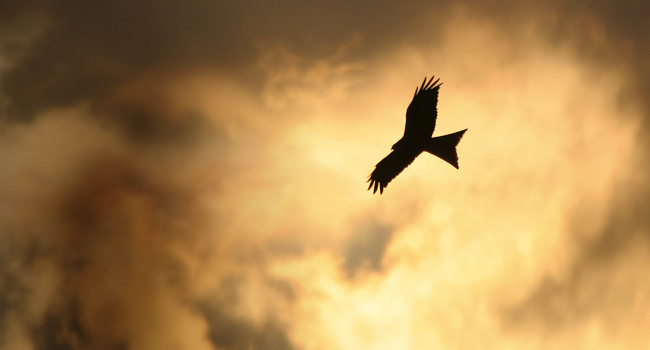

Share this page